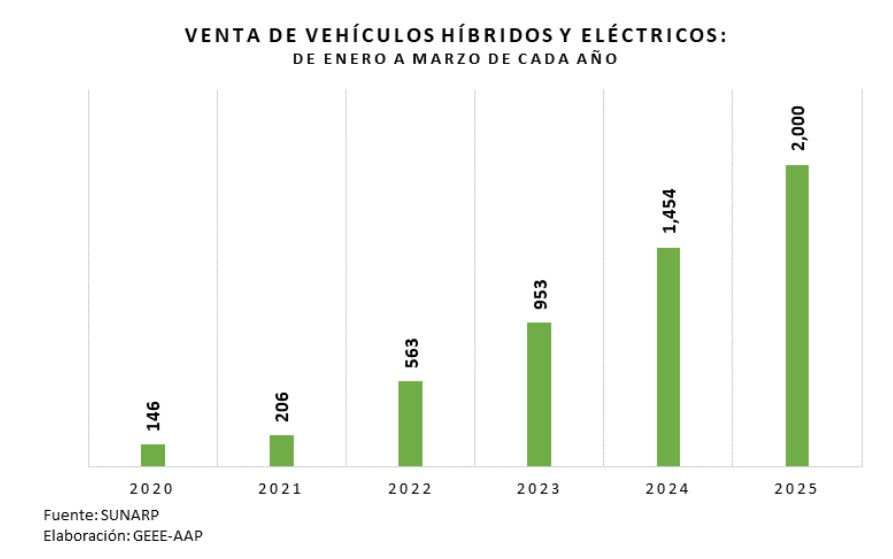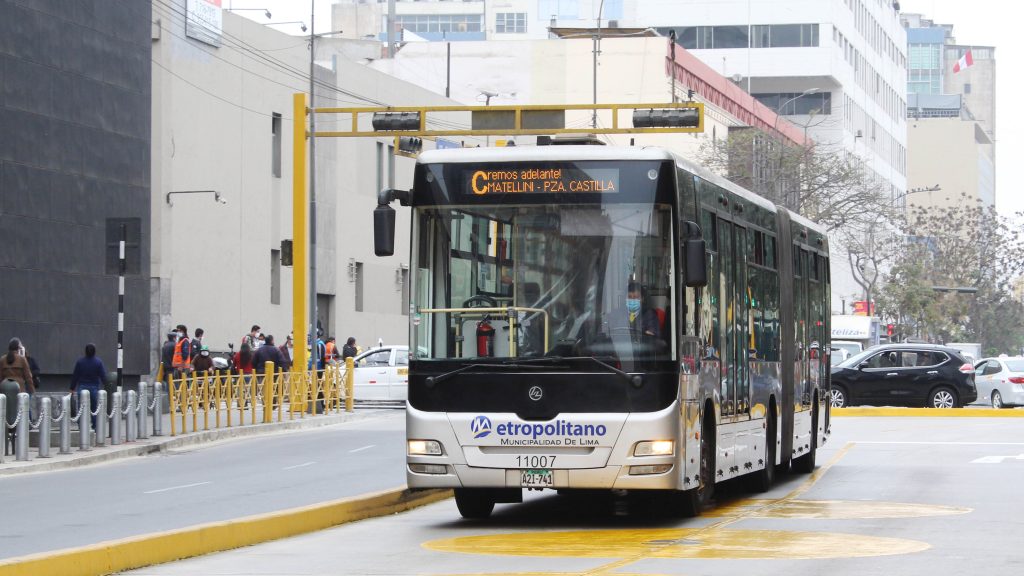Peru reaffirms its commitment to sustainability and modernization of public transportation by registering record figures in the sale of electrified vehicles during the first quarter of 2025, according to a report by the Peruvian Automotive Association (AAP).
This progress includes an ambitious project in Lima: the tender for 150 electric buses for the Metropolitano system, with an investment of approximately 250 million soles.
These units are expected to be operational as of 2026, marking a milestone in the reduction of carbon emissions in the capital.

You may also be interested in: Strategies to promote electromobility in Peru presented
A decisive step
The project to incorporate electric buses into the Metropolitan system seeks to transform public transport in Lima, a city that faces significant challenges in terms of pollution and congestion.
The new electric buses will not only improve air quality, but will also offer a more efficient and quieter service for users.
David Hernández, president of the Urban Transport Authority for Lima and Callao (ATU), said: “The incorporation of these electric buses not only responds to the need to modernize the fleet, but also to the commitment to reduce polluting emissions in the city. This is a crucial step towards a cleaner and more sustainable public transport”.
Investment and international support
The project has the financial backing of the World Bank, which has provided the necessary resources for the acquisition of the electric buses.
The 250 million soles investment includes not only the purchase of the units, but also the installation of electric charging infrastructure, such as fast charging stations, which will guarantee the continuous operation of the vehicles.
In addition, the Ministry of Transport and Communications (MTC) is working in collaboration with international manufacturers to ensure that the buses meet the highest standards of quality and sustainability.
Furthermore, the incorporation of 150 electric buses into the Metropolitano system will have a significant impact on the reduction of greenhouse gas emissions.
It is estimated that these vehicles will avoid the emission of more than 20,000 tons of CO2 per year, contributing to the national objectives of decarbonization and improvement of air quality.
In social terms, the project will generate employment in areas such as manufacturing, maintenance, and operation of the electric buses, strengthening the local economy and promoting technical training in clean technologies.
Outlook
The implementation of these electric buses is just the beginning of a broader strategy to promote electric mobility in Peru.
The government plans to expand this model to other cities in the country, such as Arequipa and Trujillo, with the aim of creating a more sustainable and efficient public transport system nationwide.
In the words of Rocio Barrios, Minister of Energy and Mines: “This project not only transforms public transportation in Lima, but also positions Peru as a regional leader in the adoption of clean technologies. We are building a future in which sustainable mobility is a reality for all”.



